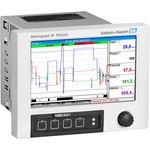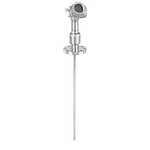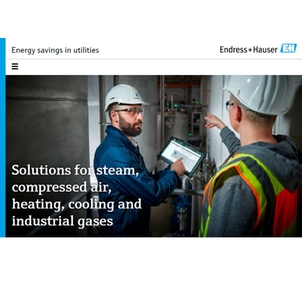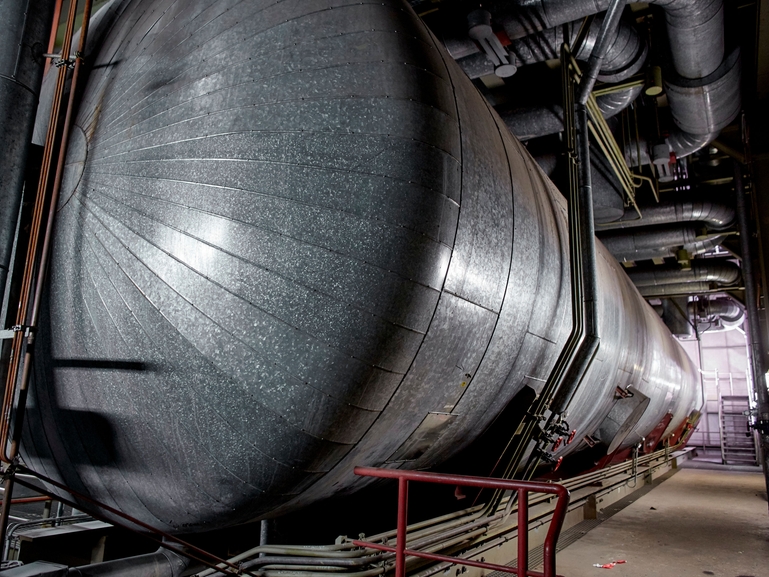
What is my first step to conserve energy in utilities?
Unaware of how much energy is being consumed in your plant utilities? Lack of understanding and visibility to where energy is being used results in loss of resources, productivity inefficiencies and unnecessary energy consumption. How can plant managers and engineers ensure optimal energy usage and resources in utilities? There are a variety of utilities and applications to explore to uncover energy savings. Boiler efficiency and steam quality is a good place to start.
Boost boiler efficiency for optimal performance
Determining where problems exist and measuring steam consumption throughout the system requires instrumentation. The difficulty of improving efficiency is that there are so many variables which can affect it. In fact, when looking at a complete steam system, virtually everything affects efficiency in one way or another, from combustion air temperature at the boiler, to a malfunctioning steam trap on the edge of a distribution line.
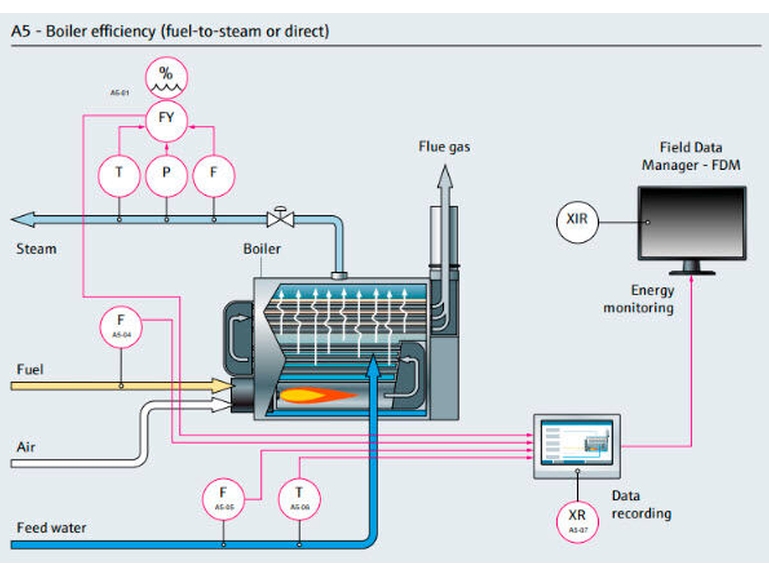
Improve boiler efficiency: monitor with smart instrumentation
Boilers usually have standard instrumentation. However, boiler control can be improved by adding more sophisticated instrumentation with enhanced monitoring capabilities. Selecting the proper instrumentation enables plant personnel to monitor specific energy consumption and boiler efficiency.
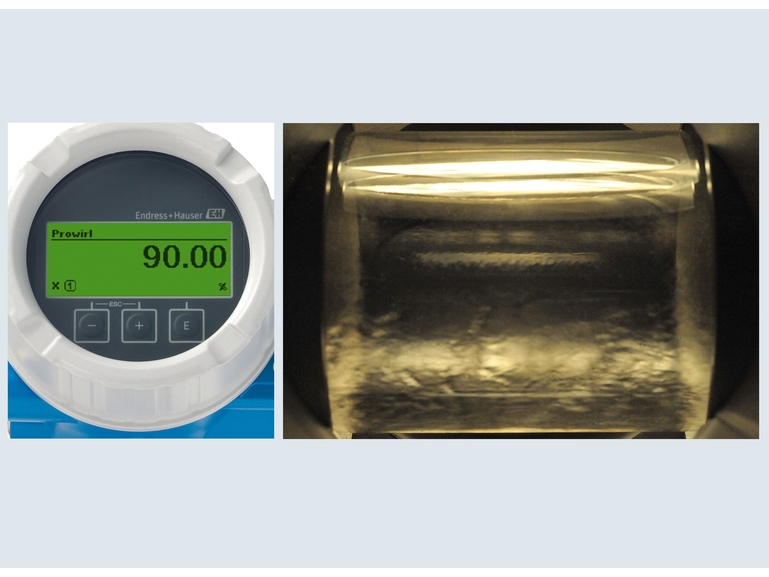
Dryness fraction impacts boiler efficiency
Monitoring dryness fraction is crucial for boiler efficiency. Dry steam vs. wet steam can determine how effective and efficient your utility operates and can significantly increase or reduce your energy consumption and costs. Energy loss, heat transfer, corrosion and steam consumption all have an impact on boiler efficiency and controlling feedwater, steam separation and proper boiler operation can enhance overall efficiency and performance.
If the dryness fraction is only 90%, this means that 10% of the energy customers believe is available is already lost. In addition, traditional flowmeters are subject to an increased measuring error of typically 5-8% because of the liquid fraction leaving the boiler.
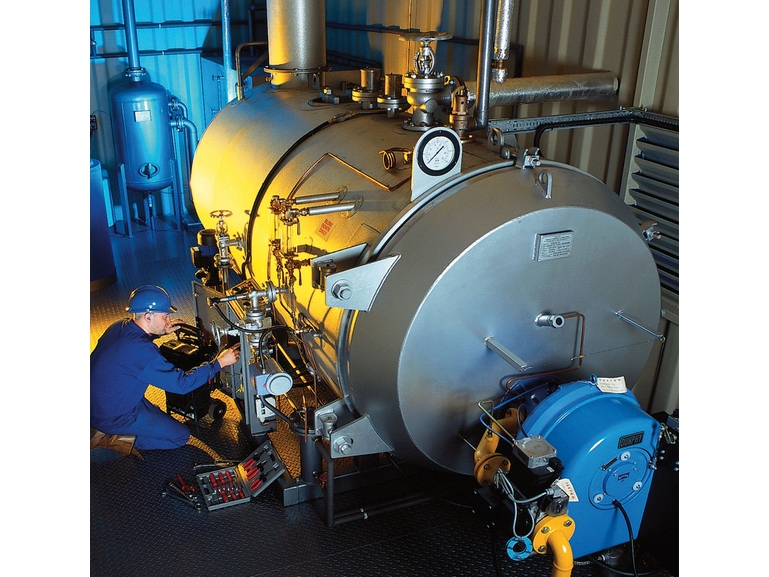
Steam quality affects overall system safety
To optimize the boiler's lifespan, availability, efficiency, and overall safety, a comprehensive analysis of water and steam is essential. SWAS Compact systems offer complete analysis of water/steam cycles, including sample preparation for measuring parameters such as cation conductivity, pH, dissolved oxygen, turbidity, sodium, silica, phosphate, redox (ORP), ammonium, hardness, iron, copper, and more.

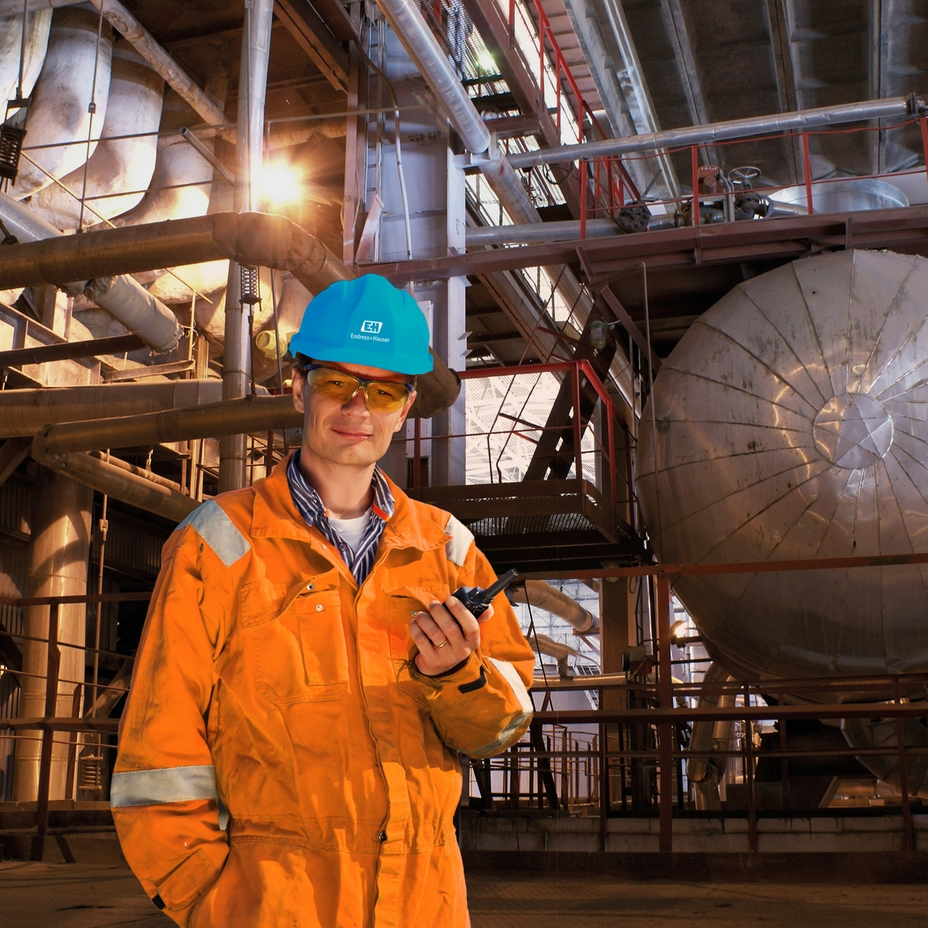


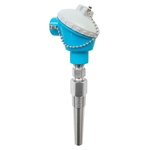
%20with%20flange%20connection%20-%20PP01.jpg)
